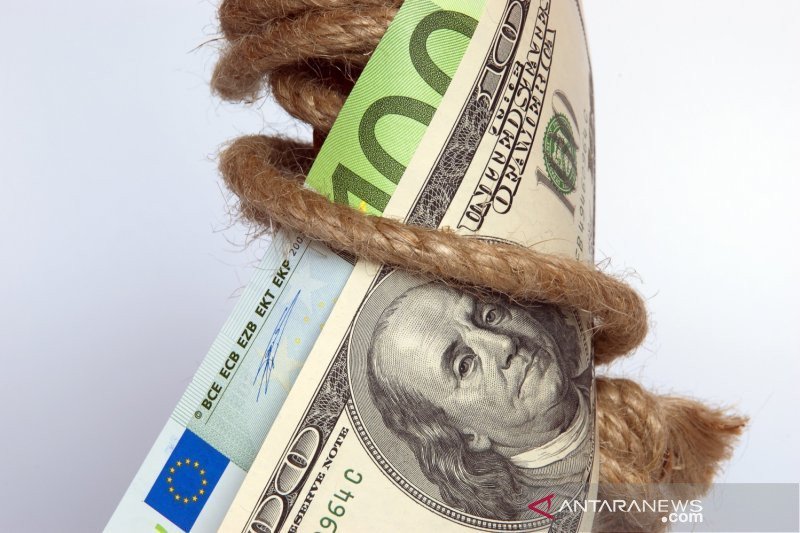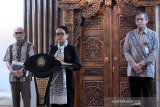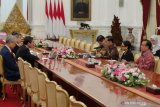The growth of Indonesia's foreign debts was recorded at 5.7 percent yoy in August 2020, higher than the previous month's growth of 4.2 percent yoy owing to net withdrawal of external debt transactions, both government and private external debts.
"Apart from that, strengthening of the rupiah exchange rate against the US dollar also contributed to an increase in the value of rupiah-denominated external debt," Executive Director of the Communication Department of Bank Indonesia (BI) Onny Widjanarko stated here on Thursday.
The government's external debt increased by 3.4 percent yoy to $200.1 billion at the end of August 2020, from a growth at 2.3 percent yoy in July 2020.
This was mostly fueled by withdrawal of part of the loan commitment from multilateral institutions that offer support to Indonesia to deal with the COVID-19 pandemic and National Economic Recovery Program (PEN).
The government's external debt was managed in a measured and cautious manner to support the government’s priority spending: the health services sector and social activities, constituting 23.7 percent of the total government external debt; construction sector, 16.5 percent; education service sector, 16.5 percent; and the government administration, defense, and compulsory social security sectors, 11.8 percent; and the financial services sector and insurance, 11.6 percent.
Meanwhile, private external debt in August 2020 also increased, with growth in August 2020 recorded at 7.9 percent yoy, as compared to a growth of 6.2 percent yoy in July 2020.
It was influenced by the growth in external debt of non-financial institution companies (PBLK) and external debt of financial institutions (LK) by 10.3 percent yoy and 0.4 percent yoy, respectively.
Most of the withdrawal of private external debt in August 2020 was utilized to finance corporate investment activities, he stated.
Several sectors, with the largest share of external debts, reaching 77.5 percent of the total private external debts, were the financial services & insurance sector; electricity, gas, steam/hot & cold air (LGA) procurement sector; mining & quarrying sector; and industrial sector processing.
Widjanarko highlighted that Indonesia's foreign debt structure remained healthy, supported by the application of prudential principles in its management. The ratio of Indonesia's external debt to the gross domestic product at the end of August 2020 stood at 38.5 percent, relatively stable as compared to the ratio of 38.2 percent in the previous month.
"The structure of Indonesia's external debt continued to be dominated by long-term external debt, with a share of 89 percent of the total external debt," he noted.
In a bid to keep the external debt structure healthy, the central bank and government will continue to intensify coordination in monitoring the development of external debt, supported by the application of prudential principles in its management.
The role of external debt will also be continually optimized in supporting development financing and promoting national economic recovery by lowering risks that may affect economic stability.











